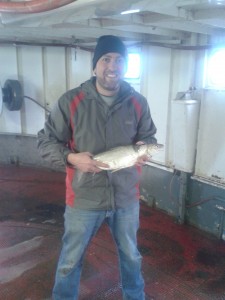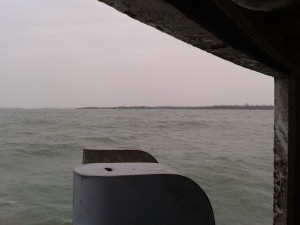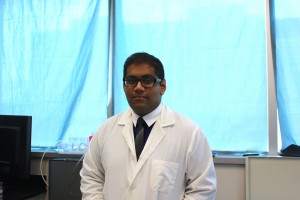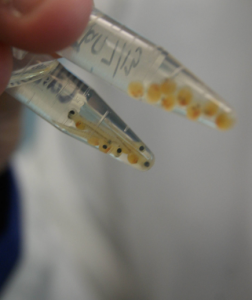One of the major initiatives in the lab is our work on Lake and round whitefish. These species are super cool (ha ha) because they are fall spawners. They don’t spawn until about the middle to end of November, when lake temperatures are dropping and below 10 degrees C. The Great Lakes are a bit of a beast in late fall, early winter. Strong winds, high waves, rough conditions for a boat. Both species have short spawns, only about 10-14 days. If we are lucky, we can get out for about 2 good weather windows for fishing.
The project on whitefish is very collaborative and involves Drs. Chris Somers and Richard Manzon from University of Regina and Dr. Doug Boredom from the Northern Ontario School of Medicine. Because of the distance and the number of trainees in each of the labs, and a shared field season, we hold an annual two day meeting where all the trainees present their research progress and we discuss our research plans for the next year. This year we met in Doug’s backyard, at the Vale Centre for Living Lakes in Sudbury. Next year, we will head to Regina!
What is amazing to me about this collaboration is the cross training our students get. We talk about development, growth, morphology, cellular responses to stress. We have lab and field based research. We have two species. We focus on temperature, chemicals and radiation. And when we get through the effects work, we switch gears and talk about the populations of fish we study – the habitats they use and their genetics. It is a great environment for students.
On top of all that great science, we also have a lot of fun together. Annual meeting is a chance for out students to hang out, with us and on their own. I believe science collaborations work best when you really like hanging out together. And this crew? They are awesome. Go Team Whitefish!





